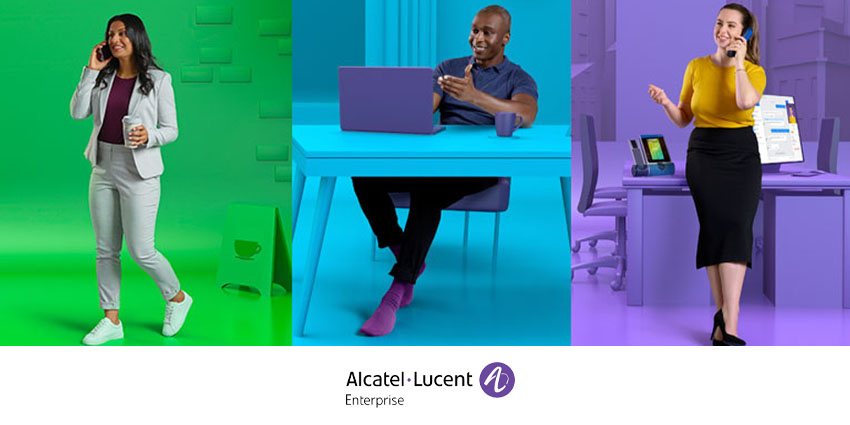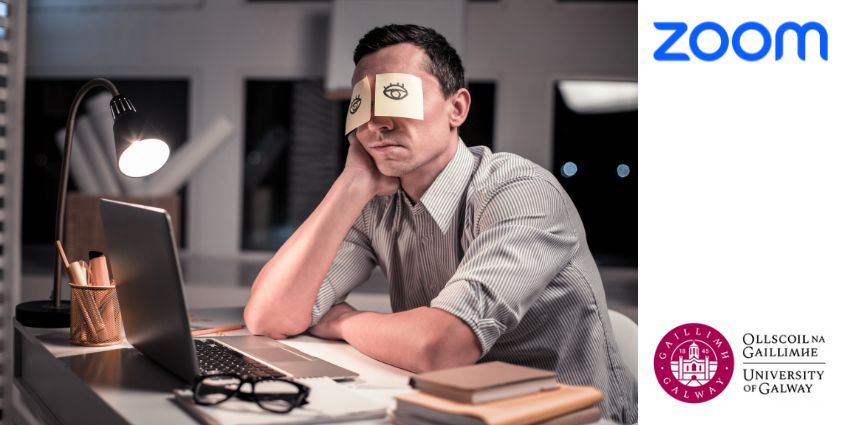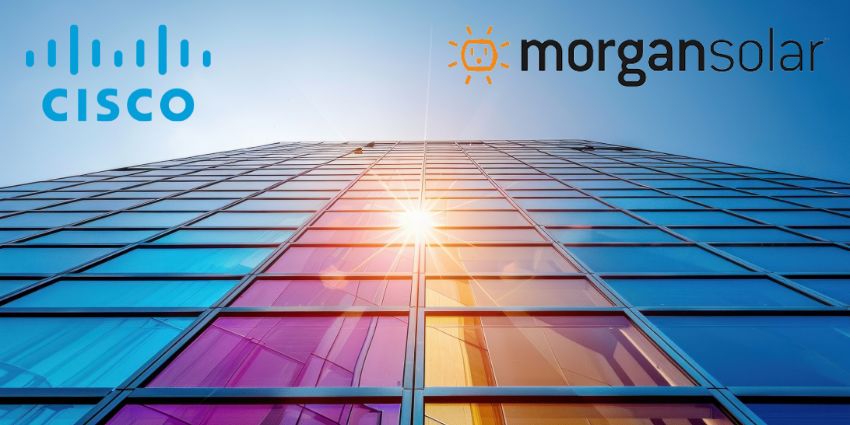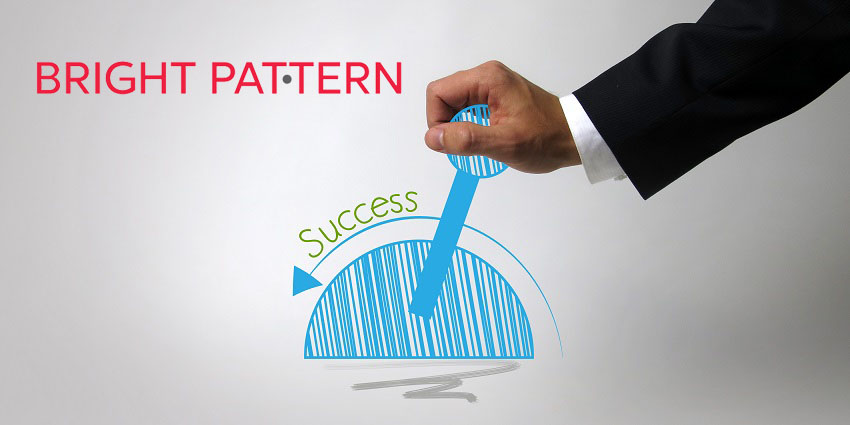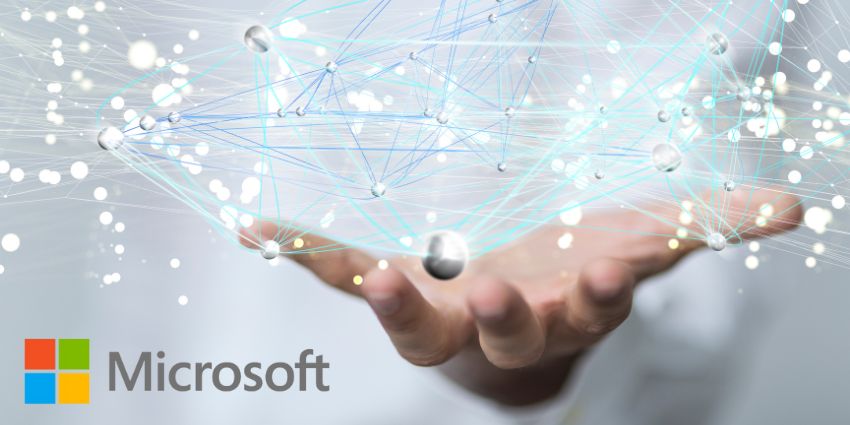The future of cloud communications could be about a lot more than just bringing people together. Since the pandemic, there’s been a massive increase in the number of people accessing Unified Communication as a Service (UCaaS) and similar cloud tools to align their teams.
However, innovators like Alcatel-Lucent Enterprise believe there are other benefits to explore in this space too. For instance, what if you could use the same platform leveraged for communication and collaboration to connect with people, objects, and applications?
Jacques Der-Ohanian of Alcatel-Lucent Enterprise joined me to discuss the concept of “Digital Age” communications, and what it means to truly “connect everything”.
What Do Customers Really Want Right Now?
Countless major changes in the last couple of years have influenced the priorities and perspectives of today’s consumers. I asked Jacques what he believes the consumers of the current landscape are really looking for as they search for the right cloud tools.
The topic of “smart cities” has been growing recently, according to ALE, following the overwhelming demand for better connections and more comfortable living after the pandemic. According to Jacques, when people talk about smart cities, they most commonly mention ideas like smart parking, smart lighting, or security and video surveillance.
However, the goal of creating a smart city isn’t just about implementing technology to make the world safer. “People are realising that what they really need is each other. Today’s citizens want more inclusion, and the ability to connect not just with other citizens, but their governments and local leaders too. They want to have a say in what the future looks like and be actors of the change”
Ultimately, the goal of many cities today isn’t to create a “smart city”, but a “smart life”, where everyday interactions are better and easier in a better environment. Consequently, this does align with the rise of smart city technology, from IoT to analytics and AI, and the benefits that sensors and connected tools can bring to communities as a whole.
“Intelligent sensors can improve the security and safety of communities, but they can also help to make us feel more aligned and informed, while addressing major problems like inclusion or climate change. The right tools can respond to urgent problems which need to be solved quickly in the modern world, while also consider social trends, for improved interactions and communication.”
What Are Digital Age Communications?
According to Jacques, the future of the world as we know it will be built on an era of digital age communications and “connected everything”. I asked him to further define what he means by this, and how it links to the rising demand for the smart city.
“Multimedia Communication has emerged as an essential part of the modern world, but in the last couple of years we’re increasingly seeing that communication doesn’t always start with human interactions. Conversations can be triggered by objects, sensors, but also by applications and AI. We can only create truly smart communications, when we’re linking all of the interactions that happen in the digital world.”
According to Jacques, the smart city of the future will be developed around the idea that we communicate better when we consider all the potential input of any conversation, from people, things, and objects. Even when conversations seem to be primarily between people, we can enhance them with contextual information from devices, machines and AI.
“By connecting everything, we form the foundations of a world where lives are simpler, cities are smarter, and people are happier. This links to the growing demand for smarter, healthier, and more efficient cities prompted before the pandemic but is now accelerating in front of challenges like increasing population in cities and the associated need of inclusion, or the climate change”
While the concepts at the centre of smart cities have been growing in popularity for some time – namely artificial intelligence and IoT, the pandemic has pushed us to consider more carefully what we can really do in a world of connected communications.
Rainbow, the open platform by Alcatel-Lucent, offers an entry point to this world of “connected everything”. The platform acts as a connection layer, where it’s possible to see where triggers can begin conversations out of human-to-human interactions.
According to Jacques, the goal of the Rainbow open platform is to support the age of Digital communications, leveraging both existing infrastructure investments, and paying attention to the trends of a transforming landscape, such as the need for inclusion.
As an example, Jacques notes that inclusion in the smart city with a tool like Rainbow could include providing custom IP phones to elders in a specific part of the community, which can deliver specific information in emergency situations, provide AI-enabled services for transports needs and immediately notify specialists when individuals need care or attention. The age of connected everything also gives way to concepts like:
- Social monitoring services, to help identify homelessness or find missing people
- Sustainability and strategies to enable greener, more climate-neutral behaviours
- Smart mobility and the opportunity to improve multimodal transportation
How Much Energy is Going into Smart Cities Right Now?
According to Alcatel-Lucent Enterprise, whatever the trends or evolutions of areas like AI and IoT, the success of any new initiative for a brighter future starts with a basic need to connect people, objects, and applications. Many locations throughout the world are already beginning to experiment with this concept of constant communication. Many cities are deploying smart parking, lightning or waste management. Autonomous vehicles are going through living labs, while analysis of noises, air and smells analysis will accelerate prevention of problems. Energy, from delivery and consumption to security management is another huge area of investments.
There are even tests going on in the emergency services landscape, to help ensure people can get the help they need as quickly as possible. “For instance, the right technology could automatically send interactions between an emergency vehicle and a traffic light system to turn the light from red to green when it’s safe and speed up the journey to the person in need. This is the emergency vehicles pre-emption”
ALE is unique in its ability to serve this landscape, because it can offer such a flexible, and convenient approach. The hybrid and open environment of ALE’s Rainbow solution means groups can leverage their existing technology alongside new solutions, and connect agents with their existing tools at the office, in the operating centre, or while remote or field-working, or to notify the right groups of people in case of emergency.
“We can also go beyond unified communications and integrate IoT, AI, bots, and other disruptive tools too. ALE can cover everything from the network, to leveraging partnerships to ensure you have a full end-to-end solution for digital age communications.”
